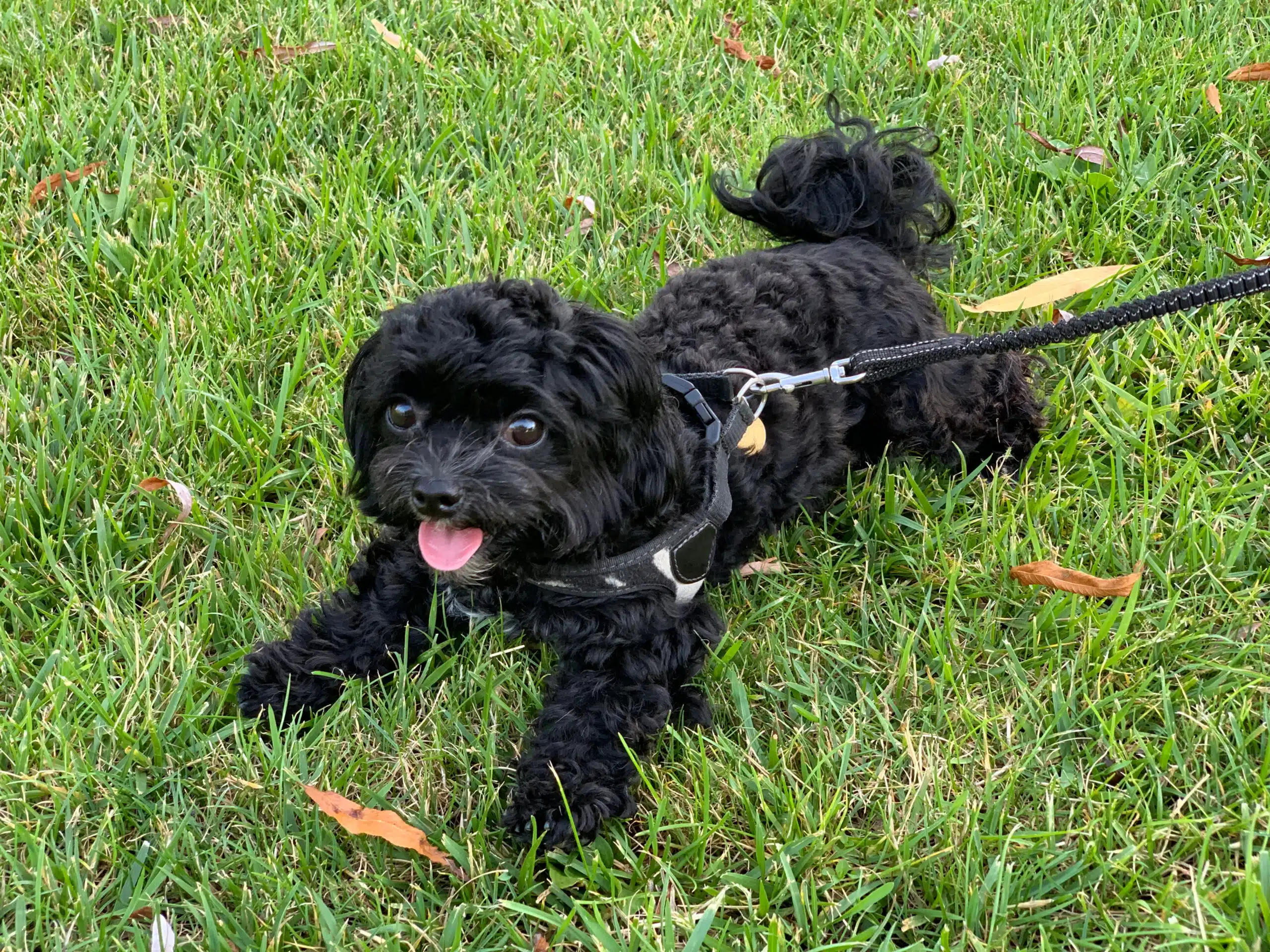Russian Tsvetnaya Bolonka

The Russian Tsvetnaya Bolonka is a small dog breed with a history that dates back to the early 1800s. It was fiercely guarded by Russia throughout the 1800s and nearly went extinct, but gained popularity in Communist-era Russia due to its size being suitable for smaller living spaces. After restrictions on outside breeding were lifted, the breed was exported around Europe and the US, where it has gained more popularity recently due to its celebrity status with England’s Prince William and Duchess Catherine of Cambridge.
Russian Tsvetyana Bolonki are classified as the “toy” class of size, which means they have a petite physique. On average, males stand nine to eleven inches tall and weigh eight to eleven pounds while females range from seven to nine inches in height and four to nine pounds. As expected, males tend to be larger than their female counterparts.
With an impressive moustache and beard, a Tsvetnaya Bolonka’s tail curls over his back with the tip lightly grazing it when in its natural position. The ears of this feisty pup hang down but should be neither too long nor short. His luxurious coat comes in many colors such as black, brown, gray, red, white and wolf-gray – just to name a few! Unlike other breeds like the Bichon or Shih Tzu’, he won’t shed much at all – making him perfect for those who have allergies
The Russian Tsvetnaya Bolonka is a loving, intelligent, and docile breed—always showing friendliness towards other canines as well as people. Furthermore, they get along great with cats and small animals alike! However, if he’s treated too indulgently, he may become aggressive to outsiders or show territoriality around his owner. These dogs were initially bred for companionship purposes of the elite – so expect lots of cuddles from him! He loves meeting new friends and will shower them in affection upon contact.
Bolonki not only possess an innate social nature, but also get along splendidly with both children and other animals. As toy-sized dogs, it’s essential for families to ensure that their kids know how to handle these precious pooches delicately; after all, small pups can be more easily injured than larger breeds. Despite this precautionary measure however, Bolonka offer a tremendous amount of joy as playmates or adult companions due to their playful affections and lovable personalities!
The Russian Tsvetyana Bolonka is among the most versatile dog breeds out there, and it thrives in social circles containing all sorts of people and animals. To maximize these loving, loyal traits that this breed boasts so well, early socialization and training must be factored into their upbringing for optimal results. So don’t forget to give your furry companion plenty of love!
- Group AKC Foundation Stock
- Origin Russia
- Size Smallest
- Weight 8 to 11 pounds
- Coat Length Medium
- Colors Black, Brown, Gray, Red, Wolf-gray, Whie
- Other Names Bolonka Zwetna, Franzuskaya Bolonka, Russian Lapdogs, Colored Lap Dog
- Temperament Affectionate, Even Tempered, Friendly, Intelligent, Loyal, Playful, Social




